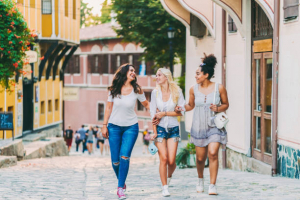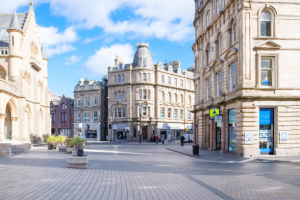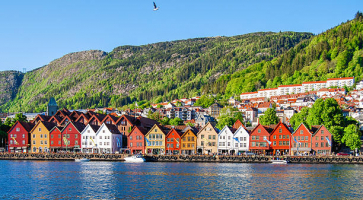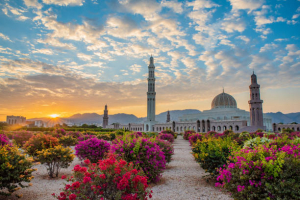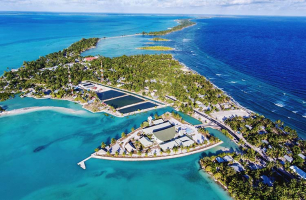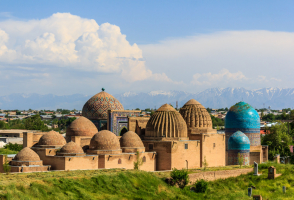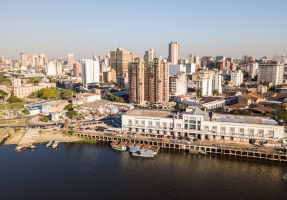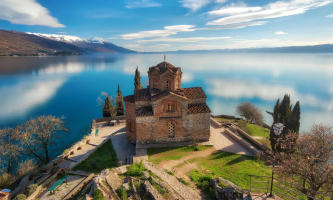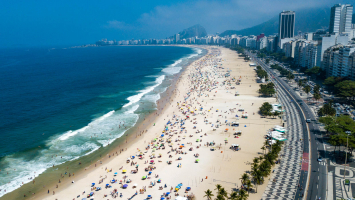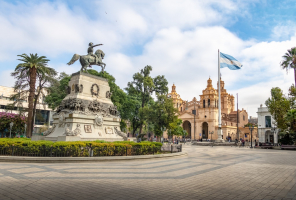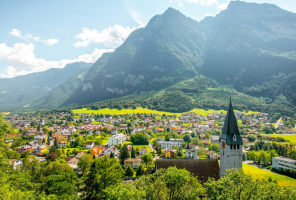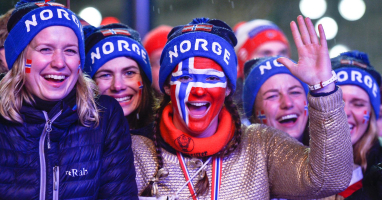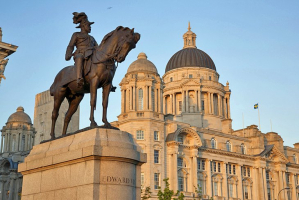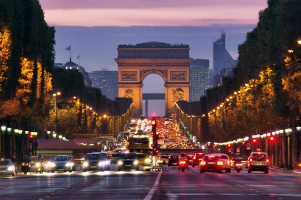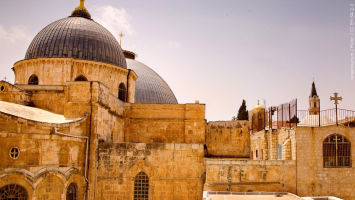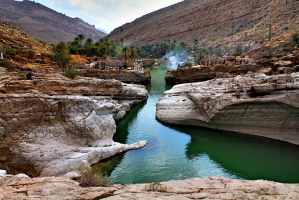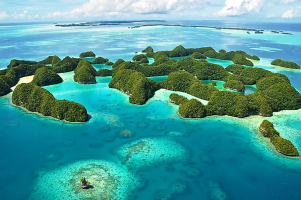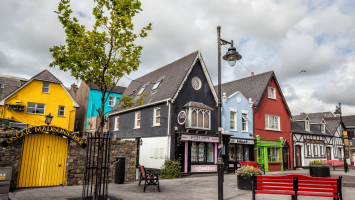Top 10 Reasons to Visit Panama
If you’ve previously overlooked Panama as a vacation destination, here are the 10 Reasons to visit Panama, a trip of your life. Whether you’re searching for an ... read more...adventurous, relaxing, or romantic getaway, Panama has numerous experiences and attractions to suit any travel style. From its stunning landscapes to its vibrant culture, there’s no shortage of reasons to travel to Panama for your next vacation.
-
There is a wide range of food, including national dishes, foreign dishes, international fusions, and a combination of all of these, and it is tasty. Panama’s cuisine blends African, Spanish, and Native Panamanian cooking styles to create unique and delicious dishes. Furthermore, the food is to die for not only in the metropolis, but also in restaurants and small places throughout the nation. As a tropical country, there are many fresh and tasty fruits available, and you can pair your meal with a natural soft drink.
If the weather is hot, try a "raspao," a type of soft drink mixed with ice, syrup, condensed milk, honey, and powdered milk; it will not only cool you down, but you will enjoy it. They sell it in every city in the country, and you can see them on the street. If you visit the Cinta Costera, stop by the Mercado del Marisco (the seafood market) and enjoy a great Panamanian ceviche; it can be a touch spicy, so order it with a drink. Panama produces excellent coffee of several sorts and brands, the most famous being the Geisha, the most costly in the world, manufactured in the Panamanian highlands.
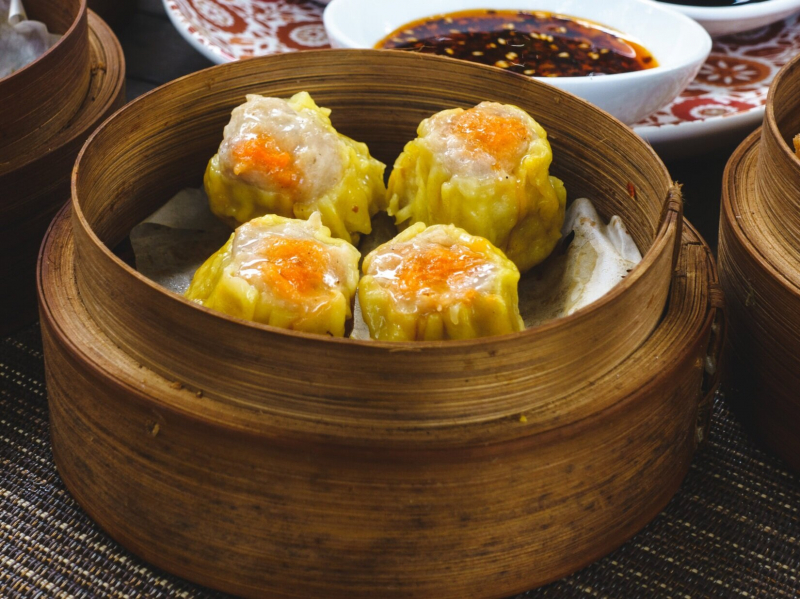
boldlypanama.com 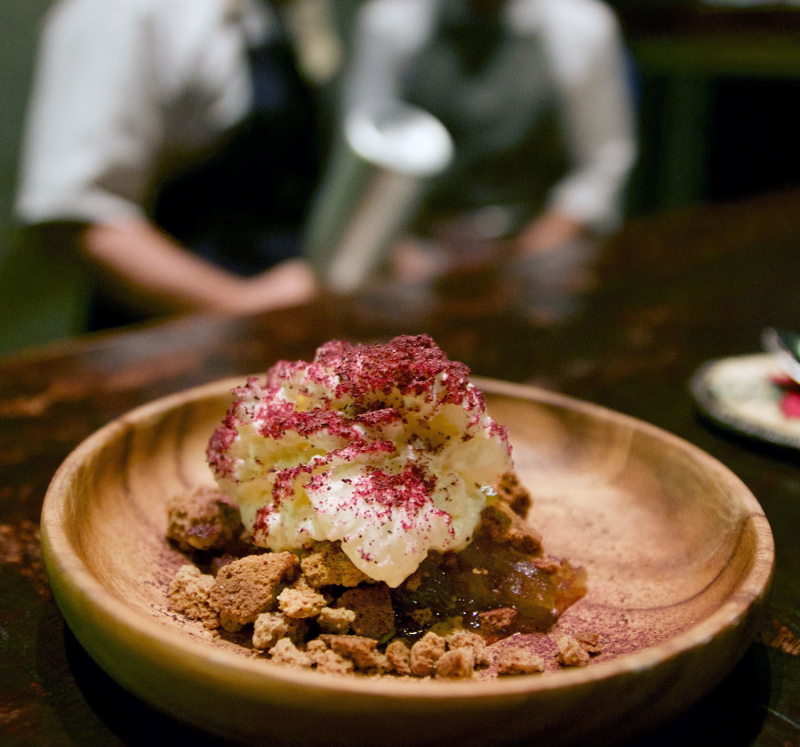
npr.org -
Despite the fact that Panama is a small country, there is a lot to see and do here. The legendary Panama Canal, a wonder of nautical architecture that has continued to help Panama flourish and prosper as a major commercial hub in Central America, is one of the country's most famous characteristics. This magnificent canal connects the Atlantic and Pacific oceans via the Caribbean Sea and spans for about 50 miles through some of Panama's most stunning scenery. You can join a partial or full-day transit excursion from Panama City to see the entire length of this wonderful river.
A journey on the Panama Canal Railway, which runs parallel to the canal through lush rainforest, is another interesting way to observe this engineering marvel. The Miraflores Visitors Center and the Colon Panama Canal Expansion Observation Center are two further land-based platforms that should not be overlooked on any tour.
Of course, the country's capital must be seen to be believed. Panama City, with a history spanning more than 500 years, is one of Central America's most cosmopolitan urban hubs. Panama City, with its world-class restaurants, exciting nightlife, and historic districts such as Casco Viejo, is truly a jewel in Panama's crown and a must-see for any visitor spending time here.
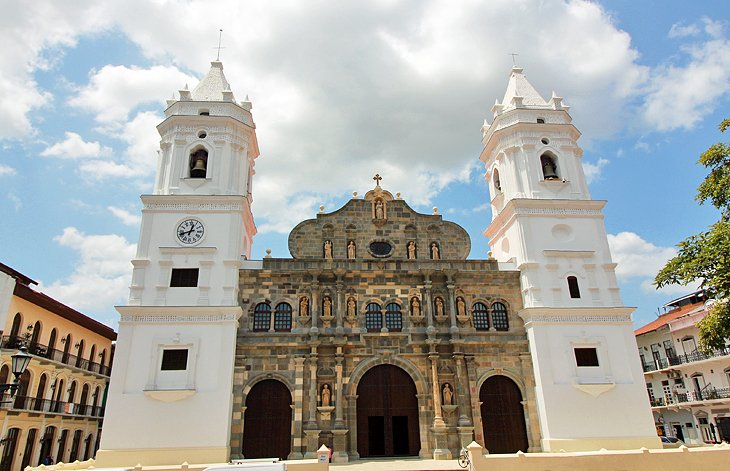
tourismpanama.com 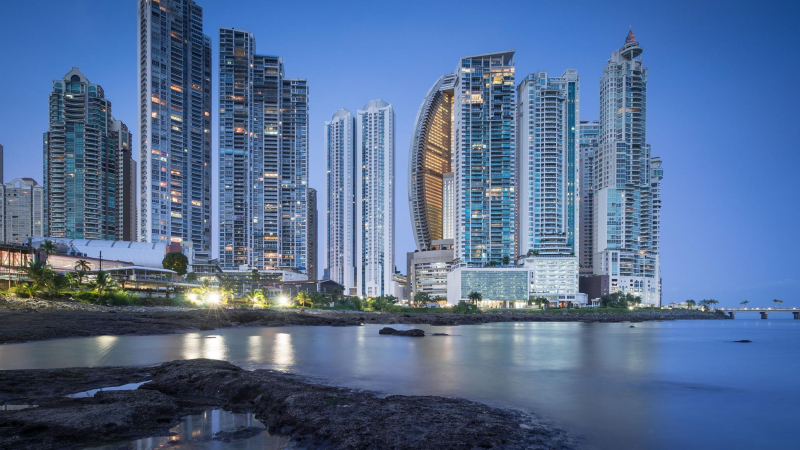
planetofhotels.com -
Panama has something for every type of explorer, with the Caribbean Sea on one side and the Pacific Ocean on the other, steep craggy mountains, upland plains, rolling hills, almost undisturbed jungle, exquisite beaches, and over 1000 islands. The Bastimentos Sky Zipline Canopy Tour is by far one of the top zipline trips. It could be the pinnacle (pun intended) of your journey to Bocas del Toro. This canopy tour includes seven tree-based island ziplines, thirteen raised platforms, and a thrilling four-feature tree challenge that includes a traversable canopy net. It's a fantastic opportunity to observe one of the world's most stunning national parks from above.
On a clear day, you can see both the Pacific and Caribbean Seas. You can trek it alone or join one of the many local trips. The Sendero Los Quetzales (or the Quetzals Trail), which connects Cerro Punta and Boquete, is the most popular. The trail is 5 miles (8 kilometers) long and takes no more than six hours to hike. Many people choose to go all the way to the summit, but please keep in mind that it is a serious and rugged trek that will take an entire day.
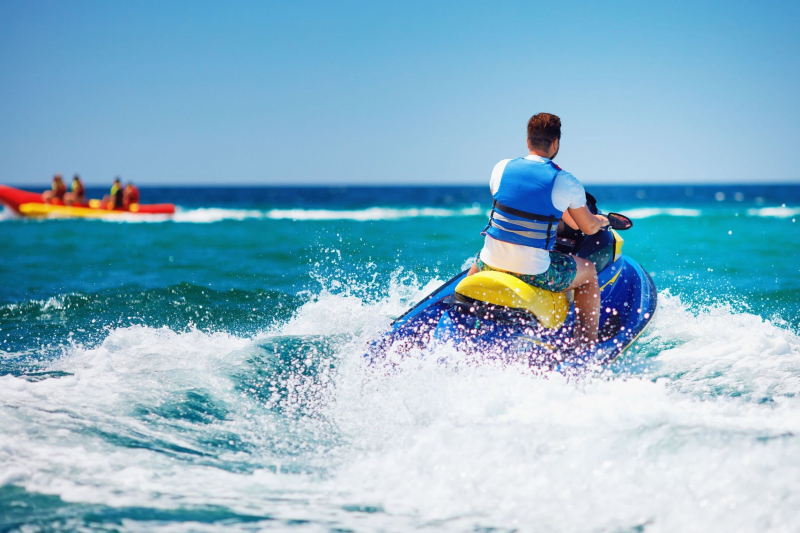
westendpcb.com 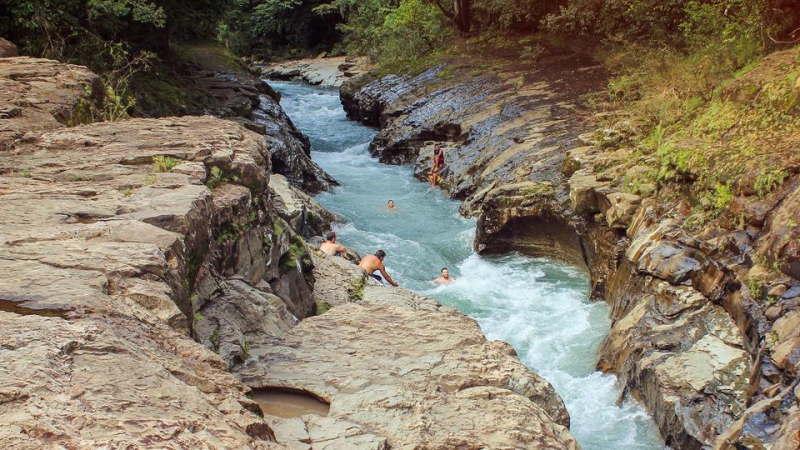
westendpcb.com -
Cultural Wealth is one of reasons to visit Panama. Since the formation of the isthmus, this country has experienced significant exchange. From the early tribes, it was mixed with mestizos from other parts of America, as well as a number of Europeans and Asians that arrived in Panama with the construction of the Panama Canal. All of this has resulted in a mixed and multicultural Panamanian. There are other indigenous tribes who have migrated to Panama and made it their home, such as the Emberás and the Gunas.
You can take a tour to get to know an Emberá community, or you can go to Azuero, the cradle of Panamanian folklore, and learn how to make the Panamanian skirt, one of the most beautiful and luxurious traditional costumes in the world, or you can learn how to make cutarras, the footwear of the Panamanian peasant, where the mold is the person who buys it, and it is literally made to measure. You can also go on a tour to Mi Pueblito to view an example of internal customs, gunas, and Afro-descendants in Panama.
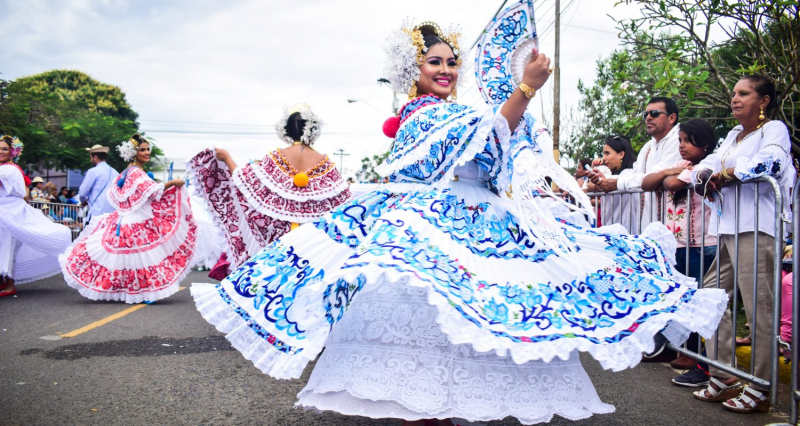
latinarepublic.com 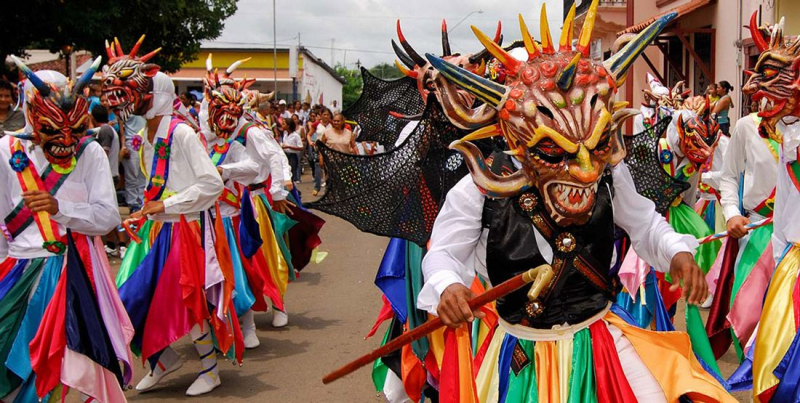
latinarepublic.com -
When it comes to getting away from it all, many tourists rank excellent weather towards the top of their list of requirements. Panama is difficult to beat in this way. Panama, unlike North America, has only two seasons: dry and rainy. Temperatures can reach the 90s during the dry season, making it excellent for sunbathing, river cruises, snorkeling, and a variety of other interesting activities. Panama's beautiful tropical rainforests spring to life during the rainy season, revitalized by the warm rainfall. Panama is also outside of the Atlantic hurricane belt, thus there is minimal chance that these tropical storms will make landfall there.
Between January and mid-April is the best time to visit Panama. This is the driest time of year, and it shows off this tropical country at its best. However, it is also worthwhile to consider visiting Panama during the rest of the year, when you may enjoy local activities and festivals. You'll still enjoy warm temperatures (an average of 86°F), and if you don't mind a little rain, it's a great deal. On the Caribbean coast, there are short, heavy downpours almost every day. From May to November, the Pacific coast experiences rain.
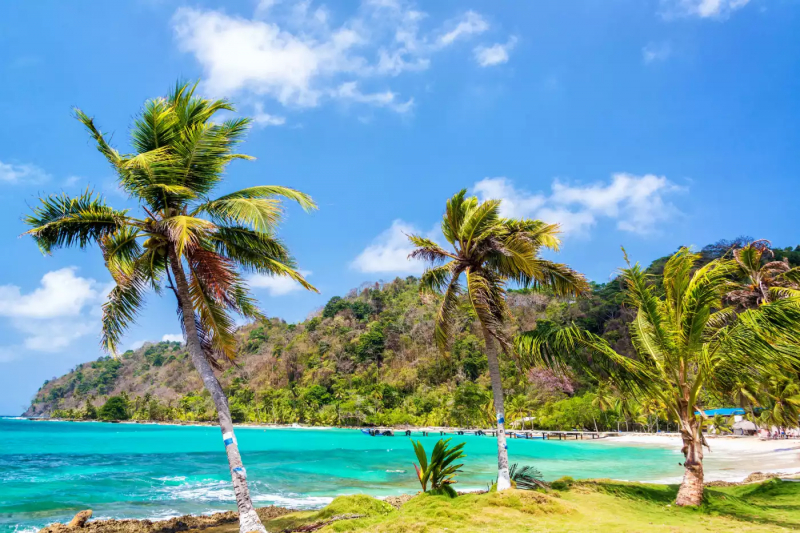
nbts.it 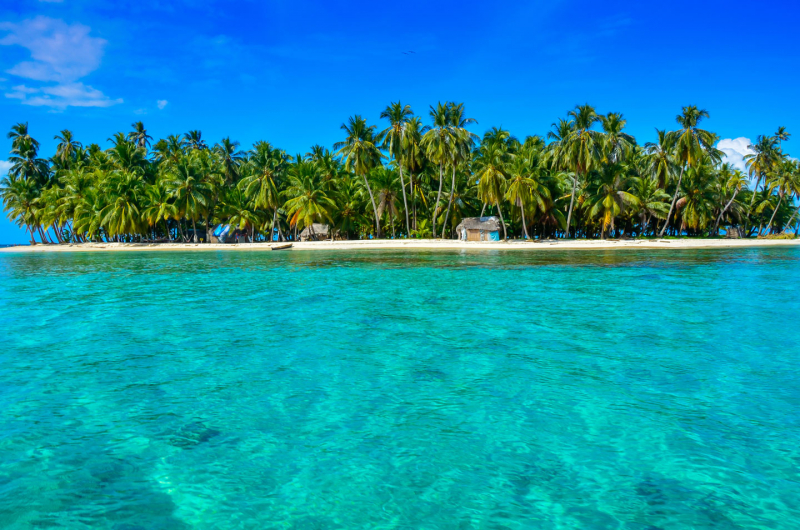
iexplore.com -
Panama, like the majority of Latin American countries, is a reasonably priced tourist and backpacker destination. While Panama City is more expensive at certain times of the year (particularly during the dry season and vacations), it is still reasonably priced for a capital city. The rest of the country, on the other hand, is on pace with the rest of Central and South America.
Bargains on hotel and hostel accommodations, transportation, food, and even beer and alcohol can be discovered. A nice hotel room is roughly $50, a beer costs about $1, and local buses and shuttles are inexpensive. If you have a limited budget, you may get quite far in Panama.
Even if you want to have some fun while you're here, activities like snorkeling, scuba diving, and zip lining will be considerably cheaper than in other parts of the world. So, make the most of your time here by participating in these events if possible. Furthermore, Panama uses the US currency, so if you are traveling from the US, you will not need to convert any money.
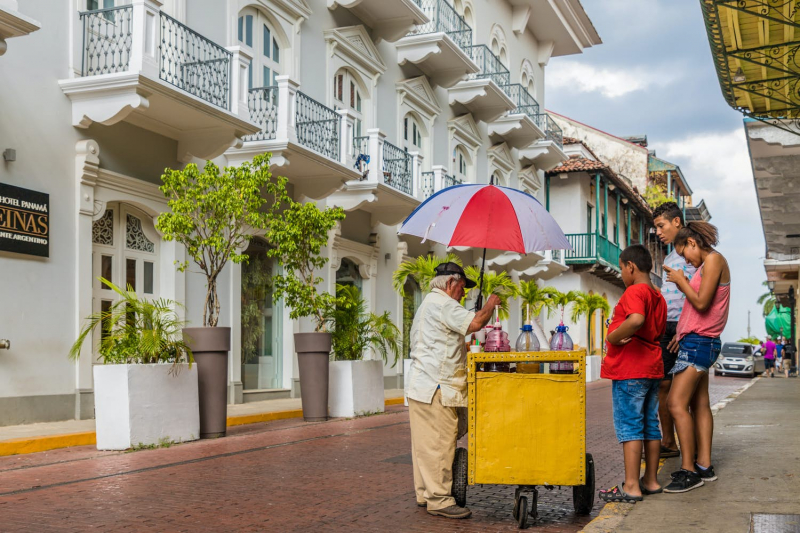
lonelyplanet.com 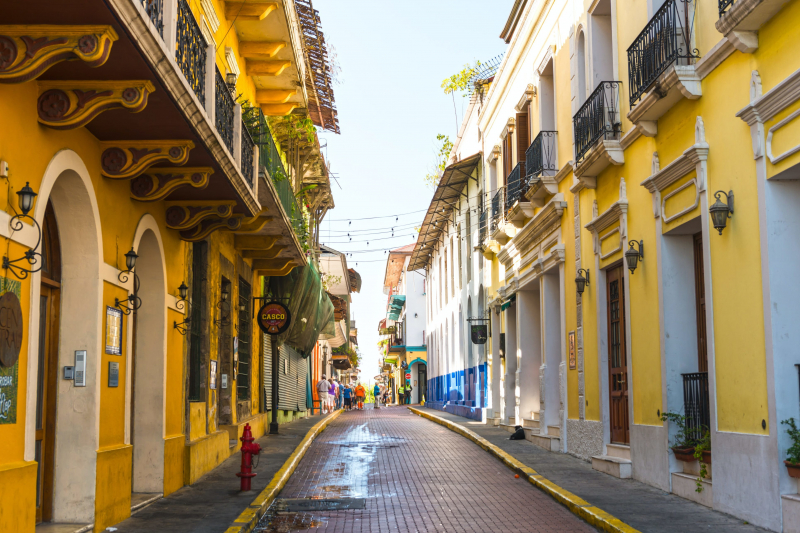
lonelyplanet.com -
Panama is most renowned for its incredible Panama Canal, but the country's propensity to inspire awe does not end there. What else can you find in this ecological paradise? To begin, Panama contains more bird species than Europe and North America combined, as well as greater plant diversity than the combined United States and Canada. This is due to Panama's unique location at the meeting point of North and South America, allowing plant and animal species from both continents to blend and flourish over time. This incredibly rich biodiversity, combined with Panama being the most forested country in Central America (63% coverage), has made Panama's tropical rainforests the most researched in the world. In fact, the Smithsonian has been studying the tropical biology of the area for over 100 years. And, you can come see it, too!
A visit to Panama will bring you face to face with some of the world's most beautiful natural environments, including three Natural UNESCO World Heritage Sites, the only urban capital with a tropical rainforest within its city limits, and over 1,400 tropical islands with stunning beaches that you may have thought only existed in postcards. Panama is an ideal destination for hikers, animal lovers, and nature enthusiasts of all kinds, with a strong cultural emphasis on environmental conservationism. It's a top world destination for birdwatching, white water rafting, and snorkeling, to name a few outdoor activities available in Panama.
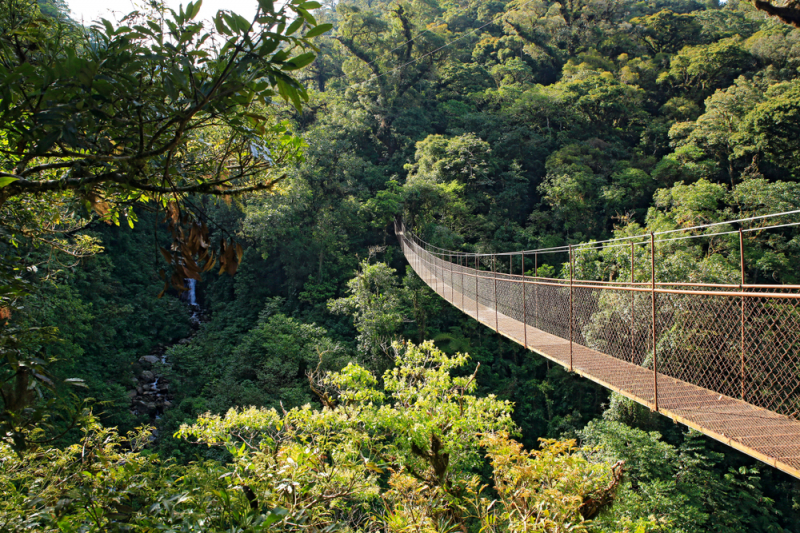
globalgrasshopper.com 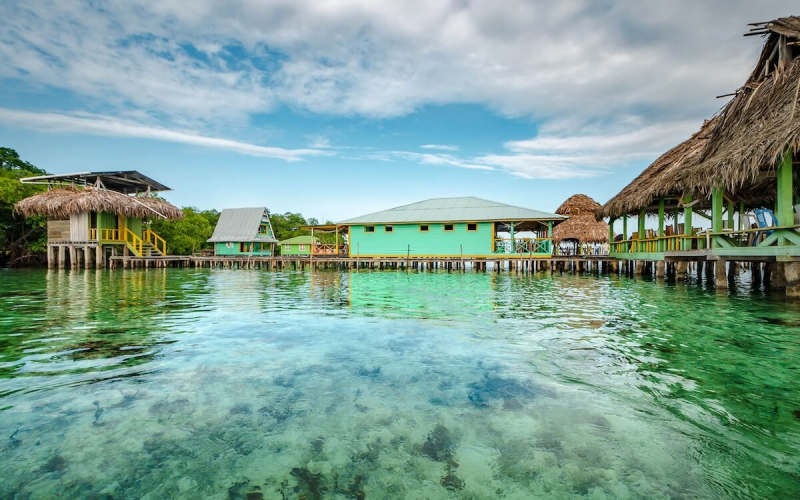
tourismpanama.com -
Easy to get around is one of reasons to visit Panama. Because Panama is a small country (slightly smaller than South Carolina) with excellent transportation infrastructure, getting around is a breeze. Thousands of kilometers of paved highways, a contemporary bus network, water taxis, an innovative new Metro rail in the city, and, of course, the Panama Canal are all available in Panama.
By Bus
- Buses are the major mode of transportation for most Panamanians and many visitors. They run regularly and are inexpensive and quick. Rural buses typically run from sunrise to sunset, but night buses are available for longer journeys. Because very few routes are express, your bus will most certainly stop multiple times along the trip. For lengthier trips, your bus may stop at a roadside restaurant or cafeteria, allowing passengers to refuel and use the restroom.
By Rental Car
- Some travelers, especially those on longer trips, may prefer the independence of a rental car. However, be aware that driving in Panama can involve busy streets as well as very rough roads in rural areas. Visitors to Panama are permitted to drive for 90 days. All drivers must have their home country's driver's license and be prepared to show their passport.
By Plane
- Domestic planes connect Panama reasonably well. Because Panama is so small, flights are usually relatively short – the longest takes around an hour, not including any intermediate stops. Popular routes may have numerous flights per day, whilst less frequented destinations may only have one or two flights each week. Domestic planes frequently make multiple stops along the way, so make sure you get off at the correct location.
By Boat
- Boats are the primary mode of transportation in several areas of Panama, including the archipelagos of Bocas del Toro and Guna Yala (San Blas Islands), as well as parts of the Darién and mainland Bocas. Ferries and water taxis connect Panama City to the islands of Taboga and Contadora, as well as Isla Colón to the mainland of Bocas del Toro. The Bocas archipelago is one of Panama's most popular tourist locations, and as such, it has created a reasonably simple and inexpensive boat service.
By Train
- The Panama Canal Railway is the country's only passenger rail route. This historic line, rebuilt in 2001, connects Corozal (just outside of central Panama City) and Colón. The hour-long voyage along the Panama Canal and provides excellent views of Panama's interior. Although some Panamanians use it for commuting, the train is largely used by day trippers from Panama City.
By Taxi
- Taxis are common in Panama. These vividly painted yellow cars and trucks can be seen on the streets of even the smallest communities. Popular routes also have fixed rates. Most prices are low, but it's a good idea to negotiate a bargain before you go.
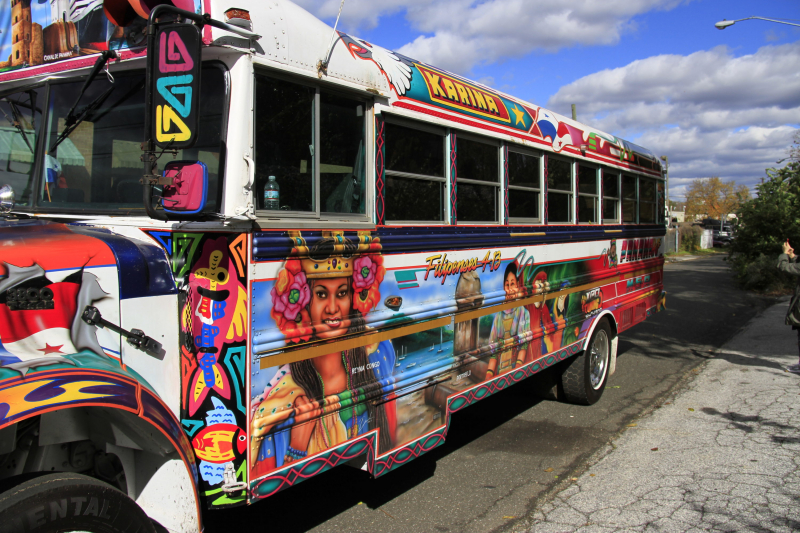
dcist.com 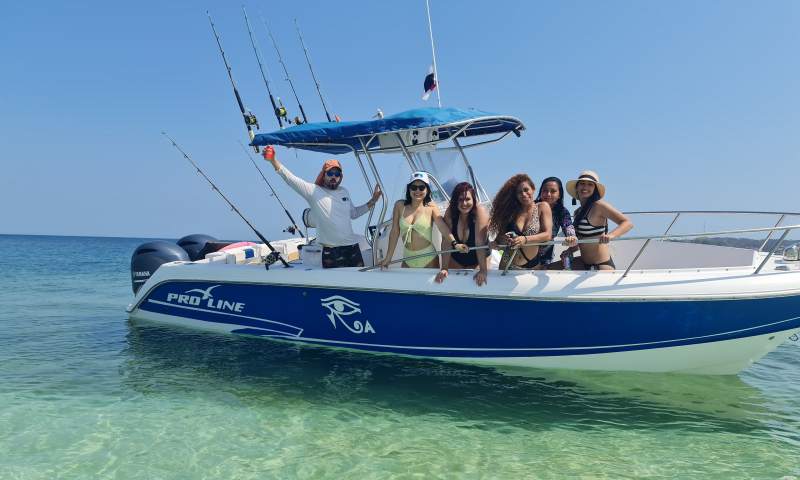
railsouthamerica.com -
The city contains enormous modern buildings, such as the iconic screw (Revolution Tower), multinational hotel chains, restaurants with great chefs, one of America's most sophisticated transportation systems, a large financial center, bars, and nightclubs. Casco is the city's old historic district, which has been undergoing substantial restorations since 1990, transforming it into one of Panama's most fashionable nightlife locations. Elegant pubs, restaurants, tourist stores, vast plazas, cathedrals, and sidewalk cafes abound, all while preserving the neighborhood's historic beauty. It's a great place to spend a few hours walking around, escaping the heat of the day to sip an espresso and gaze at wrought-iron balconies blooming with tropical plants.
The Mercado del Mariscos, or fish market on the port where the fishermen arrive, is a short cab ride away. Restaurants line the market's perimeter. Ceviche, a kind of fresh fish cooked in a bath of onions, limes, and chili peppers, is their specialty. They also have big shrimp and whole fish that were just retrieved from the sea and are ready to be cooked or barbecued. Avenida Central, near the fish market, is a good place to experience authentic Panamanian street culture. It's a long, closed-to-traffic boulevard that runs from Plaza Cinco di Mayo to Parque Santa Ana and is one of the most active districts of town, a bustling commercial center where anything and everything can be found.
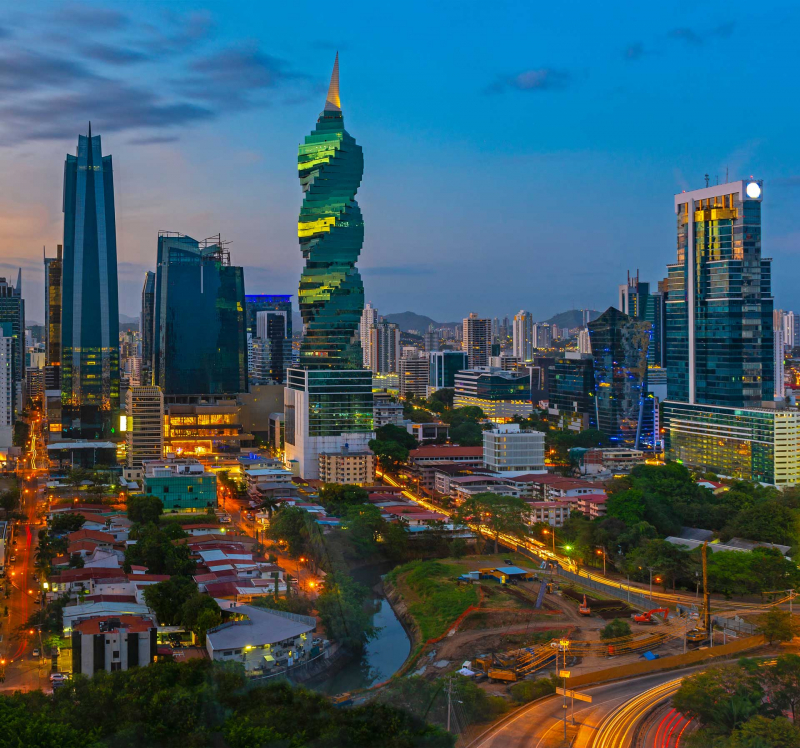
insiderjourneys.co.uk 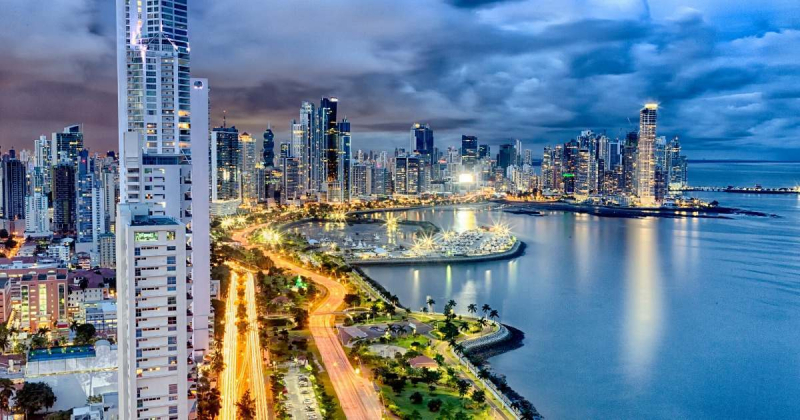
travelbeyond.se -
Panama is a great destination to buy electronics, apparel, and cosmetics, and with the country's fast expanding economy, everyone is shopping. Panama City is home to various American-style shopping malls where one can find any and all brands, from dollar shirts to fancy boutique boutiques. Swatch, Louis Vuitton, Buffalo, Levi's, Lacoste, Kenneth Cole, Adidas, Puma, and other high-end brands are available at Multiplaza, as well as a wide range of affordable clothing.
There are 47 restaurants and cafes, ranging from outdoor lounges to frozen yogurt stands on the go. Multiplaza even has a movie theater with a VIP experience that includes reclining seats and waiters who can bring you anything from sushi to margaritas. The experience cannot be beat for $6.50 for retirees.
Multicentro is another popular option, and it even has a Rossetta Stone stand. To branch out from established labels, visit Via Vai and Studio F for women's wear; Conway and La Onda offer $2.99 shirts and $5.99 dresses, as well as things for the whole family. Albrook Mall is well worth the trip for avid shoppers as well as a full-day visit: the mall is so large that exits are referred to by nearby animal statues, and guides dressed in safari-style attire are stationed around the mall to provide service.
Albrook, which has nearly 400 stores, restaurants, and even a bowling alley, also has a connecting bus station and nearby airport for all domestic travel, as well as popular low-cost trips to Costa Rica. Banana Republic, Gap, and Victoria's Secret are all 2011 arrivals to Albrook, as part of the brands' rapidly expanding expansion into Latin and South America. It's great for outlet shopping and a fun experience to explore.
El Dorado Mall has an open-air feel and is best suited for in-house expats rather than tourists. It has many small stores for cheap items, restaurants, Chinese-run electronics, clothing, and food stores, and Saks, a mid-level TJ Maxx/Ross that is definitely worth a visit for heavily discounted, department store clothing items. It's even rumored that tourists get a 5% discount if they show their passport.
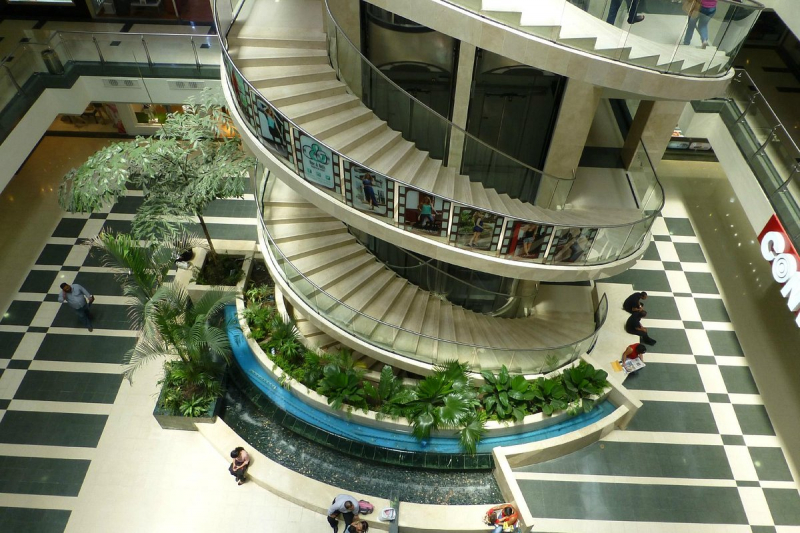
tripadvisor.es 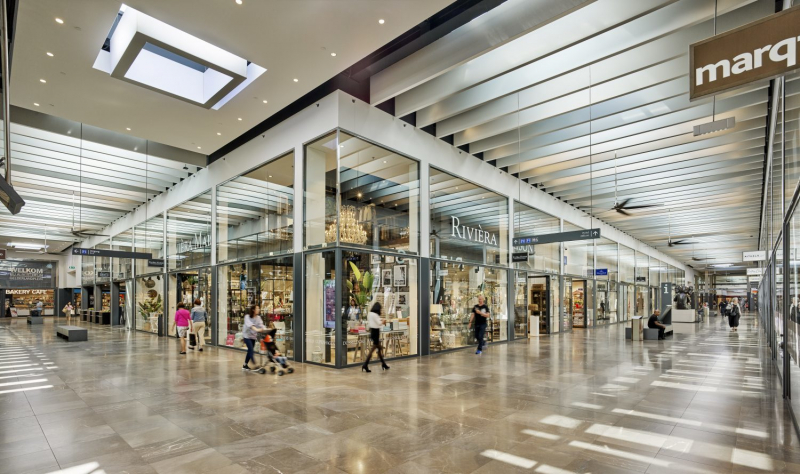
panama-vip.com












